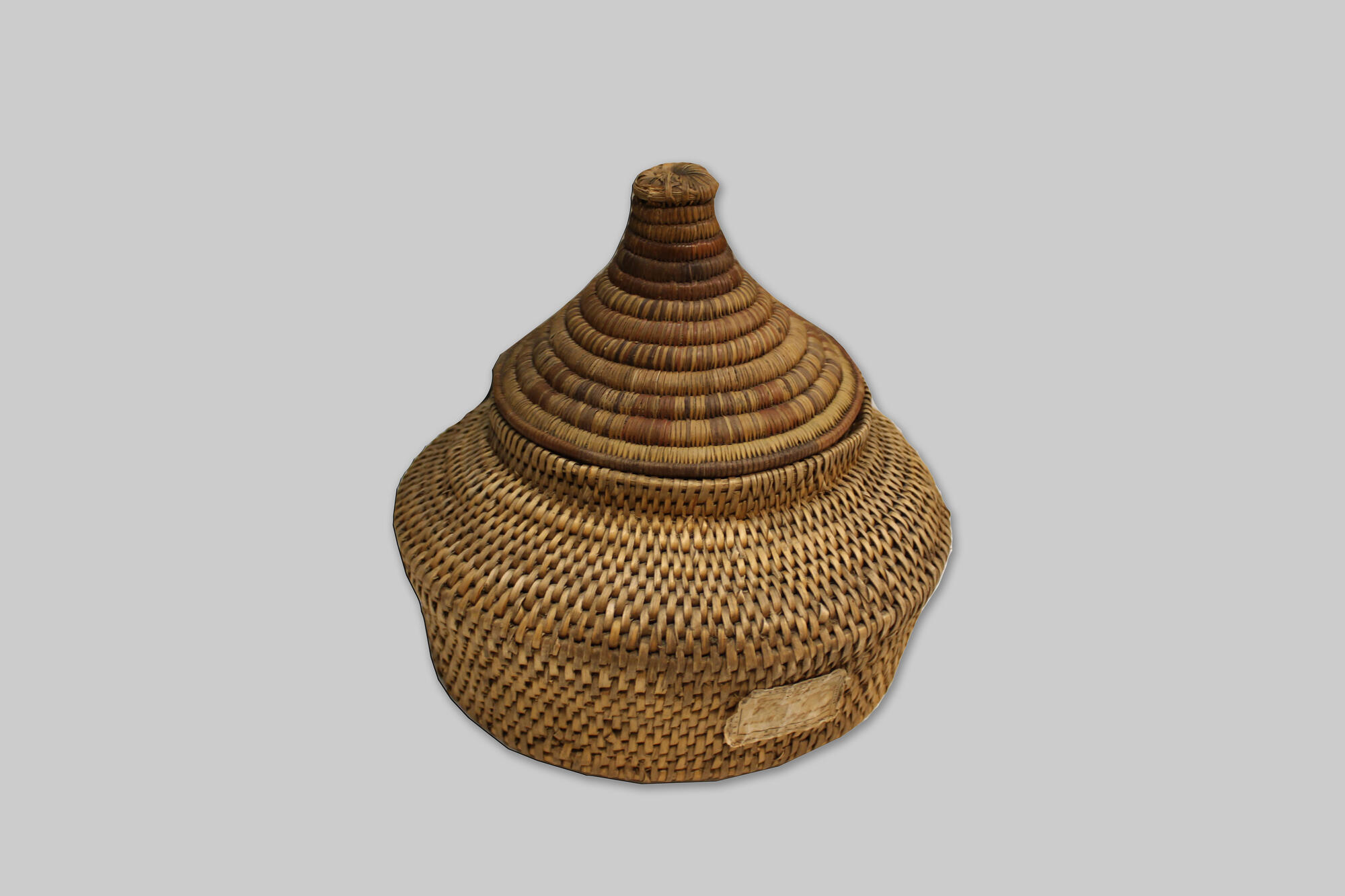Bird cherry wood is heavy, strong, dense, but flexible and almost not afraid of moisture — for these properties, it is highly valued by craftsmen and artisans. The wood of this breed has long been used to create many different household items — baskets of all sizes and purposes, dishes, rolls for washing clothes and other household utensils. Knife handles were made from burl (a growth on a tree), because this convenient porous material does not slip and does not freeze in the cold. Bird cherry was used even in the process of collecting sledges: the spears were twisted in a bundle made from a cherry trunk.
When processed, fresh bird cherry wood emits a light almond flavor similar to the smell of mountain ash wood. Practically it does not dry out, but you need to dry it with care — then it will not warp, crack and require a varnish coating. Moisture does not harm the wood, but on the contrary, makes it more elastic and durable. Due to its uniformity, bird cherry can be perfectly cut in all directions.
Bird cherry weaving is quite a time-consuming process, so only the simplest methods of this craft have taken root. It could take about eight hours on average to weave a small basket. In addition, some elements of the basket need intermediate drying, while others, on the contrary, require additional moisture in order for the product to eventually turn out to be dense and high quality.
A newly woven basket should not be use immediately — it must be left to dry and, if necessary, braided after complete drying. The full cycle of work, taking into account the harvesting of wood and drying the product, took much more time. It included searching the forest for young trees of the desired length and thickness, splitting wood into thin ribbons, planing stiffeners, and making a rim and handle.
Light and beautiful in texture, bird cherry wood is still deservedly popular among carpenters, turners and wood carvers. It is especially appreciated in carvings with fine details.
When processed, fresh bird cherry wood emits a light almond flavor similar to the smell of mountain ash wood. Practically it does not dry out, but you need to dry it with care — then it will not warp, crack and require a varnish coating. Moisture does not harm the wood, but on the contrary, makes it more elastic and durable. Due to its uniformity, bird cherry can be perfectly cut in all directions.
Bird cherry weaving is quite a time-consuming process, so only the simplest methods of this craft have taken root. It could take about eight hours on average to weave a small basket. In addition, some elements of the basket need intermediate drying, while others, on the contrary, require additional moisture in order for the product to eventually turn out to be dense and high quality.
A newly woven basket should not be use immediately — it must be left to dry and, if necessary, braided after complete drying. The full cycle of work, taking into account the harvesting of wood and drying the product, took much more time. It included searching the forest for young trees of the desired length and thickness, splitting wood into thin ribbons, planing stiffeners, and making a rim and handle.
Light and beautiful in texture, bird cherry wood is still deservedly popular among carpenters, turners and wood carvers. It is especially appreciated in carvings with fine details.



